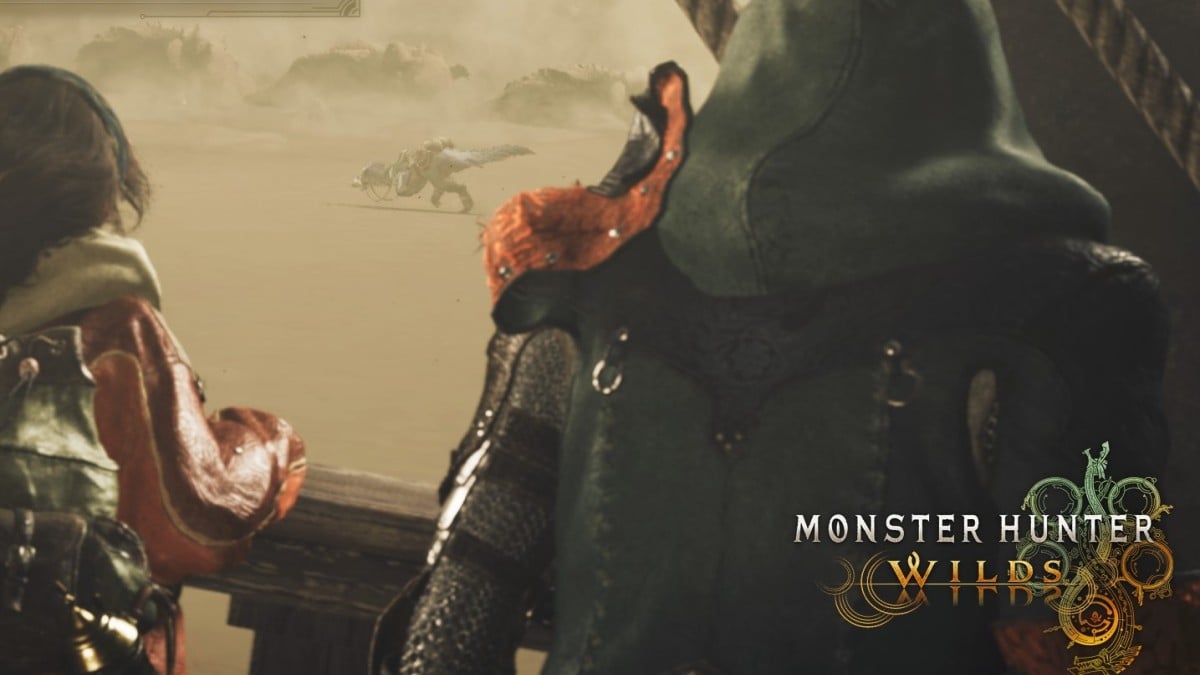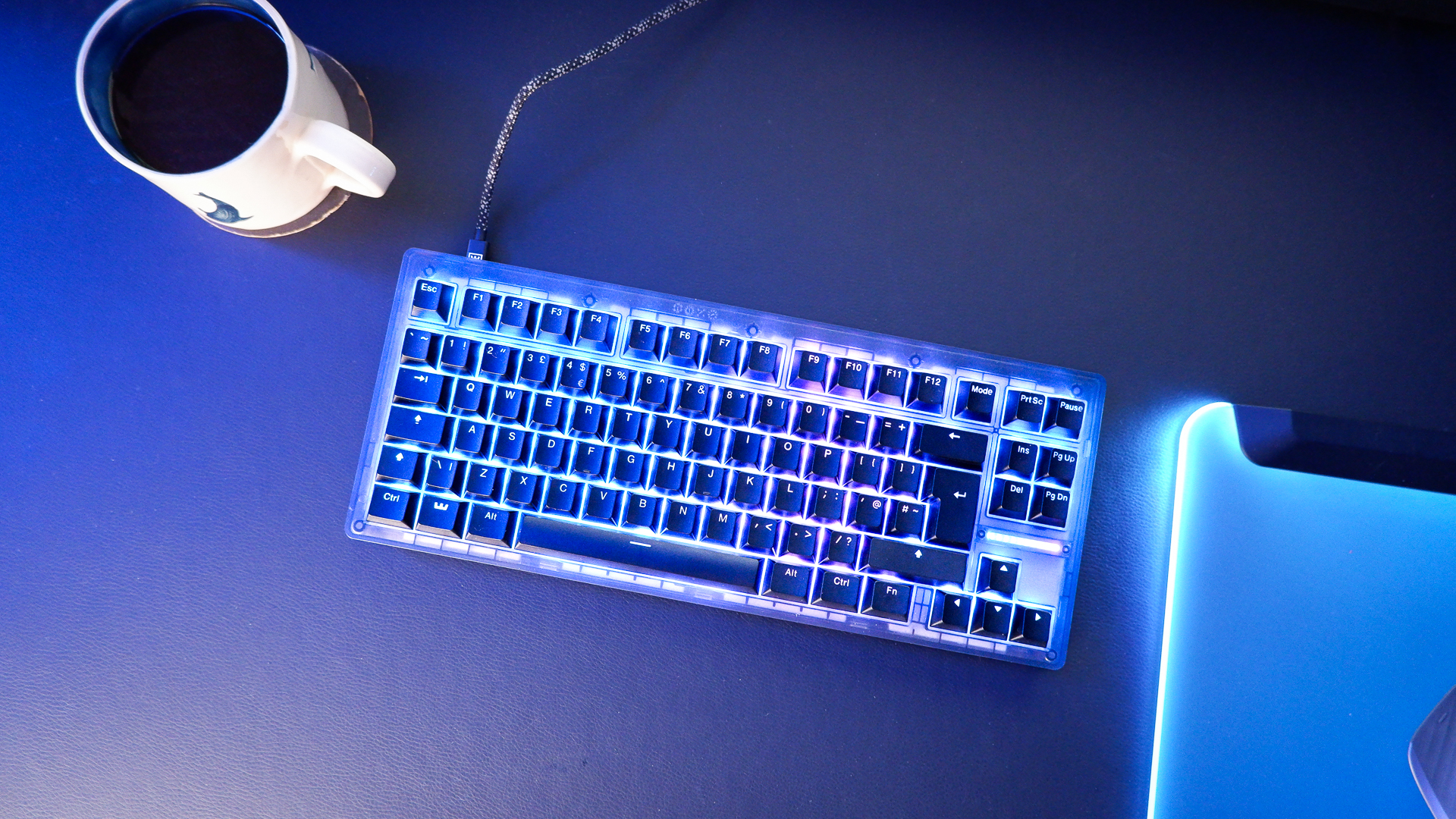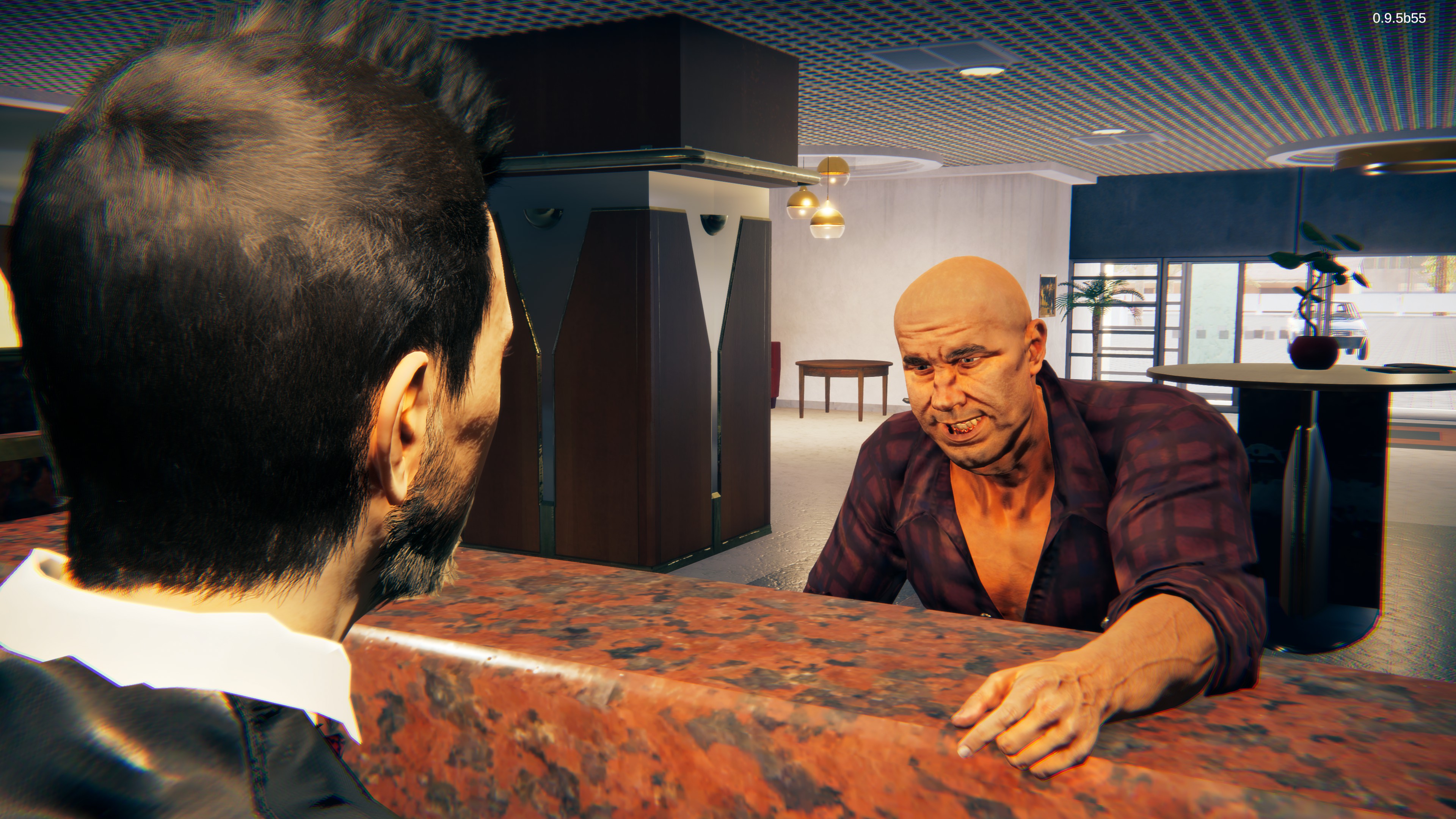
Want to finally get good and learn fighting games at an in-depth level? There are a lot of big challenges players have to overcome if they want to master their respective games. Learning fighting games involves a lot of time in practice modes, labbing things out, and a lot of failure before you’ll really start to get good. There are a lot of reasons why fighting games are hard, but most of them also make it a very rewarding genre to play.
Learning fighting games is difficult at first. Then, when you actually start to get the hang of it, they become really fun. Once you’ve actually mastered the characters, moves, and mechanics of one of the top fighting games you’re able to play on a completely different level. Stringing players 0 to death can be seriously impressive to non-fighting game players, not to mention the big world of fighting game esports you can enter.
If you want to start learning fighting games, this is what you need to know.
Learning Fighting Games
The core principle of learning fighting games is to get the opponent’s health to zero without them getting too many hits in (or their percentage to higher in Smash-style platform fighters). There are tons of moves and mechanics for different games, but the best ones have something in common in their balance. Typically, there’s a bit of a rock-paper-scissors mechanic at work.
Source: Capcom
An attack is normally beaten by blocking. Those blocks can be beaten by throwing. Each move does have something that can be defeated. It goes deeper than just reading which of the three your opponent is going to use, fighting game fundamentals have a lot more at work.
There’s poking, movement mechanics, spacing, neutral, punishing, and zoning. Different games have used these mechanics in different ways. You don’t need to master each game when learning fighting games, but similar principles exist across all titles. They can vary dramatically from ultra-gory realistic titles to light anime fighting games, and must rely on these same fundamentals.
Fundamentals of Learning Fighting Games
Positioning – Your movement and positioning is where on the screen you are, where your opponent is, and where you have room to manoeuvre back or forwards. You need to suit your tactics to your position. If you’re backed into a corner, you’ll be on the defence. If your opponent is, you have the advantage.
Zoning – A lot of fighting games have characters with too many projectiles. They throw these out to control your movement and positioning, to keep you in a desired area.
Poking – Fast attacks with decent range that are relatively safe. You can throw these out with little risk of punishment for small but safe damage.
Source: Bandai Namco
Blocking – A block move where you negate the attack of an opponent. Important to master if you want to start playing with strategy.
Punishing – When an opponent makes a mistake and leaves themselves open, you punish. This means taking advantage and getting a lot of damage in, maybe even a combo. You should punish moves that opponents are locked into when they miss, or if they’re using a repetitive series of moves that makes them easy to predict.
Anti-Airs – Punishing opponents over using the air. These vary depending on the title, many games feature aerials which are easier to punish.
These are some core fundamental concepts you’ll need to learn to get ahead in your journey learning fighting games.
Learning Fighting Games Mechanics and Characters
Those are fighting games in general but you’ll need to know the specifics of which game you’re playing. They can vary massively. If you’re going with one of the best Switch fighting games, chances are you’re playing with very different mechanics to Street Fighter 6. However, learning the unique mechanics too is vital, even if it’s a bit part of why fighting games are hard.
Source: Nintendo
Get into what makes your fighting game different. The special tools it has like extra movement, projectiles, or rush and drive mechanics. These can make things feel very different, even in fighters that are visually similar.
Combos
Every fighting game has combos, even those which weren’t exactly designed around it. The goal of learning fighting games is to win matches, and combos are ways that you can lock an opponent into a lot of damage without a chance of them escaping.
A combo is specific to which game you play, then even each character. Most players can’t pull off combos for the entire cast, for example, a SF player will typically excel at a few of the Street Fighter characters, and know how t counter others. A lot of combos are down to raw muscle memory and learning inputs to use them consistently. It’s a bit part of why fighting games are hard for a lot of people, they rely on some real patience.
Since combos are different across games and even characters, it’s difficult to get into too much detail for overall fighting games. If you’re learning fighting games though, start with the bread-and-butter combos. These are smaller combos which are very reliable for their character. The moves that you’ll need to use a lot. These are a great starting point. Mastering more combos for your character is a key tool in getting better at fighting games.
Deploying Strategy – Learning Fighting Games Tactics
Once you’ve got a good deal of combos done, you’ve got to think more strategically. In your matchups, are there certain moves and set-ups you’re often get punished for? Try to look and your mistakes and use them to improve your strategy. Look for where you’re leaving openings, you’ll have to close your flaws if you want to get better.
© Bandai Namco Entertainment
Find what works for the characters you prefer, then refine it. Learning fighting games has a lot to do with adaptation. Once you’ve learnt your combos, you’ll need to revisit those fundamentals. Find areas in your strategy where you’re slipping up, and figure out how to fix them.
Why Fighting Games Are Hard
Those are the basics of learning fighting games, but why are they so tough to get good at? A lot of players would say they’re not! For more casual players dipping their toes in though, there’s clearly high difficulty. A lot comes down to the strategy for getting better at fighting games.
They take a long time. It isn’t like a shooter where there are basic skills like aiming which get you half the way there. For fighting games, you need to pick a specific character, in a specific game, then devote a long time to sitting in the practice mode and getting the hang of stringing moves together to optimally trap opponents. Then you’ve got to do it for more characters to learn how to fight against them.
That’s a long-time commitment for a lot of players. Especially since it’s time basically spent just drilling inputs alone. It doesn’t have to be this hard though. You can spend plenty of time on your journey learning fighting games playing against those at your own skill level, and getting the feedback and fun that only comes from fighting against real opponents. While the grind is real and a big reason why fighting games are hard, a well-made fighter can even make that grind fun. Especially if you have the commitment to really work to get up to the highest level.






